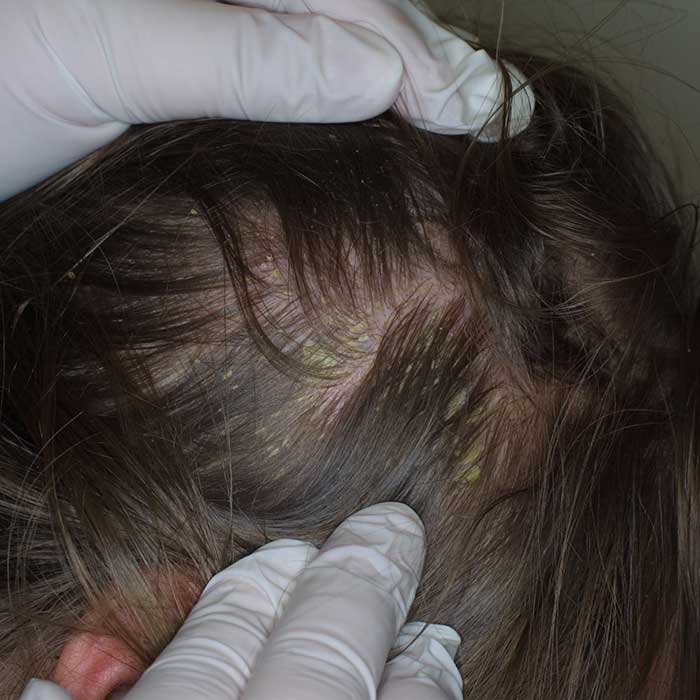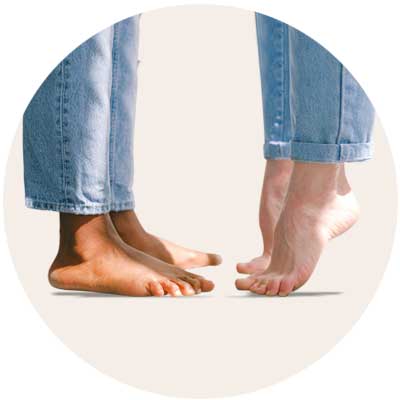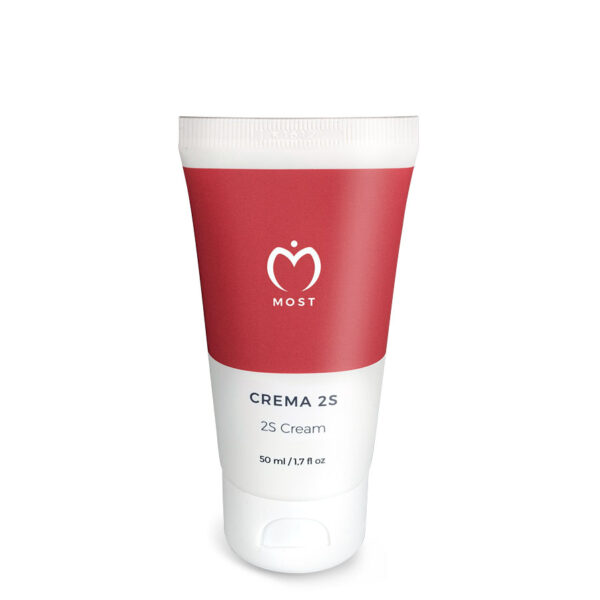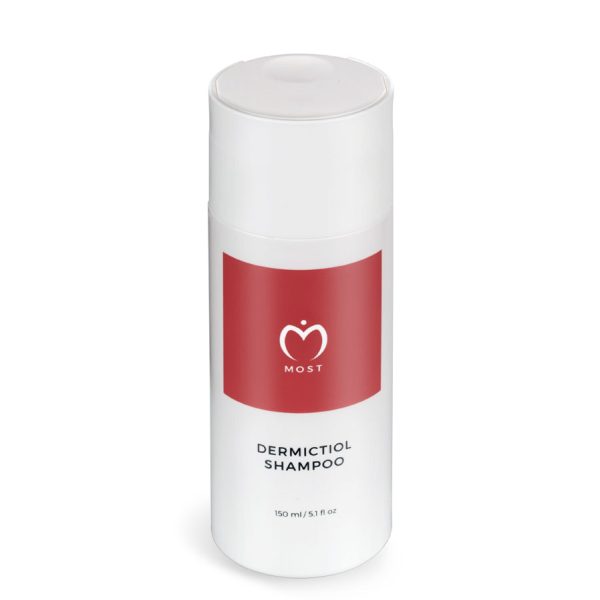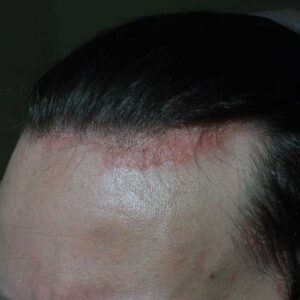
What is Seborrheic Dermatitis?
Seborrheic dermatitis is the most common form of dermatitis on the scalp. This rash affects mainly adults, however, in some cases it can also occur in childhood. Seborrheic dermatitis of the scalp is a disorder of the maturation and desquamation of the stratum corneum and should be considered as a true minor skin pathological condition.
What are the causes of seborrheic dermatitis?
The causes of seborrheic dermatitis vary from person to person, but are mainly linked to:
- genetic predisposition
- environmental factors (stress and seasonality)
What does seborrheic dermatitis look like?
Seborrheic dermatitis looks different depending on where it appears
- on the scalp: dandruff or small scaling plaques
- on the hairline: redness and scaling
Dandruff as a symptom can often mean seborrheic dermatitis is misdiagnosed as simply that. However, dandruff – the flaking of the scalp into small white lamellae – is often caused by external factors such as:
- Use of harsh shampoo
- Inadequate rinsing
- Over-washing
- Scratching the scalp during washing
- Hair cosmetics (lotions, rubs)
- Hair salon treatments (dying, styling, etc.)
- Excessive hot air drying
In the majority of cases, simply removing the trigger will remove the dandruff.
However, unlike dandruff, seborrheic dermatitis only worsens when subjected to the aforementioned external factors and will not heal when the trigger is removed.
People notice they have seborrheic dermatitis when they see silver or yellowish dandruff or scales on their hair or clothes.
They may also experience redness, itching and the urge to scratch.
In people who are bald or, in more severe cases of seborrheic dermatitis, stubborn, darker yellow plaques of skin are present.
What to do in case of Seborrheic Dermatitis of the Head?
In the case of Seborrheic Dermatitis of the head, specific treatments should be carried out according to the complexity of the problem, which is why a dermatological consultation is a priority.
As a cosmetic adjuvant to soothe skin manifestations related to Seborrheic Dermatitis on the scalp:
- Apply 2S Cream in the evening by massaging it into the scalp. This cream is composed of salicylic acid and colloidal sulphur.
- Use Dermictiol Shampoo to wash without massaging or rubbing the scalp, massage only into the hair and rinse.
Dermictiol Shampoo is a shampoo with a mild, non-foaming cleansing system and therefore quick and complete rinsing and medicated with ichthyol sulphonate. Ichthyol Sulfonate is a natural compound with anti-reddening action.
Wash hair with Dermictiol Shampoo, following the routine above.
